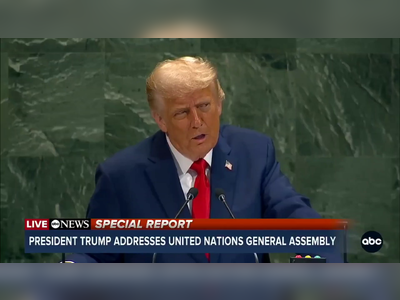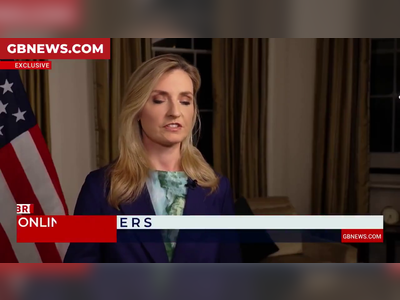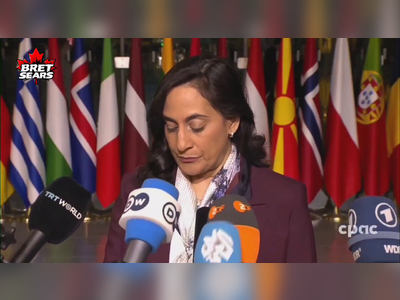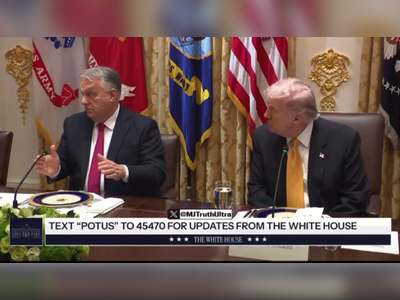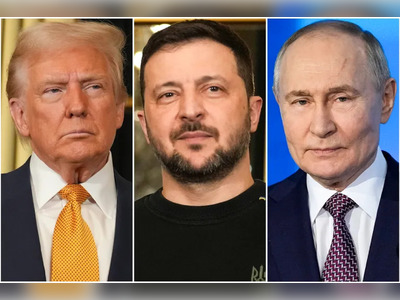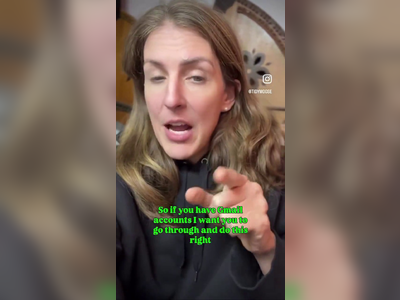
Trump Announces New Tariff Measures on Imports
Historic tariffs imposed on foreign goods to take effect as part of an economic policy shift
In a significant policy announcement from the Rose Garden of the White House, President Donald Trump declared on April 2 that the United States will impose tariffs on foreign imports, beginning April 3. The newly introduced measures mark a departure from previous tariff practices and aim to protect American workers and industries.
One of the standout features of Trump's announcement is a uniform 25% tariff on all foreign-manufactured automobiles.
The president stated that the United States previously maintained a relatively low import tariff of 2.4% on motorcycles, contrasting sharply with higher tariffs imposed by countries such as Thailand (60%) and India (70%).
In his address, Trump emphasized the goal of these tariffs is to safeguard American factory workers and farmers.
The tariffs will differ for various products from different countries, with the automotive sector designated a fixed rate.
Trump highlighted a table detailing reciprocal tariffs, with the first column showing the rates that other countries impose on American goods and the second column displaying the new American tariffs.
The United States is set to impose an overarching 10% base tariff on all other products, excluding automobiles, while higher rates will apply to countries that levy significant tariffs on American products.
Approximately 60 countries will face these higher tariffs, which will take effect on April 9, 12:01 PM local time.
According to the announced tariff schedule:
- China currently imposes a 67% tariff on American imports; the U.S. will respond with a 34% tariff.
- The European Union's 29% tariff on U.S. imports will be met with a 20% U.S. tariff.
- Vietnam's 90% tariffs will prompt a 46% U.S. response.
- For India, the respective tariffs are 52% and 26%.
- South Korea will see a shift from 50% to 25%.
- Japan's tariffs of 46% will correlate with a 24% U.S. rate.
- Switzerland's 61% tariff will bring about a 32% reaction from Washington.
- The United Kingdom will maintain a uniform 10% tariff.
Trump underscored that the U.S. tariffs are significantly lower than those imposed by other countries on American goods.
He anticipates that foreign leaders, including 'kings, queens, and ambassadors,' will soon request tariff exemptions, and he plans to urge them to lower their tariffs to facilitate more American product purchases.
Additionally, Trump revealed a pathway for businesses looking to avoid high tariffs; companies that manufacture their products in the United States will be exempt from these tariffs.
He cited major corporations like Apple, Nvidia, Johnson & Johnson, and Meta as examples of entities making substantial investments in U.S. manufacturing.
The president projected that these investments could reach $6 trillion by the end of the year.
The introduction of these reciprocal tariffs aligns with Trump's longstanding intention to balance the economic playing field by equalizing U.S. tariffs, which are generally lower, with those of other nations.
The initiative aims to mitigate non-tariff barriers that adversely impact American exports and to bolster domestic manufacturing.
One of the standout features of Trump's announcement is a uniform 25% tariff on all foreign-manufactured automobiles.
The president stated that the United States previously maintained a relatively low import tariff of 2.4% on motorcycles, contrasting sharply with higher tariffs imposed by countries such as Thailand (60%) and India (70%).
In his address, Trump emphasized the goal of these tariffs is to safeguard American factory workers and farmers.
The tariffs will differ for various products from different countries, with the automotive sector designated a fixed rate.
Trump highlighted a table detailing reciprocal tariffs, with the first column showing the rates that other countries impose on American goods and the second column displaying the new American tariffs.
The United States is set to impose an overarching 10% base tariff on all other products, excluding automobiles, while higher rates will apply to countries that levy significant tariffs on American products.
Approximately 60 countries will face these higher tariffs, which will take effect on April 9, 12:01 PM local time.
According to the announced tariff schedule:
- China currently imposes a 67% tariff on American imports; the U.S. will respond with a 34% tariff.
- The European Union's 29% tariff on U.S. imports will be met with a 20% U.S. tariff.
- Vietnam's 90% tariffs will prompt a 46% U.S. response.
- For India, the respective tariffs are 52% and 26%.
- South Korea will see a shift from 50% to 25%.
- Japan's tariffs of 46% will correlate with a 24% U.S. rate.
- Switzerland's 61% tariff will bring about a 32% reaction from Washington.
- The United Kingdom will maintain a uniform 10% tariff.
Trump underscored that the U.S. tariffs are significantly lower than those imposed by other countries on American goods.
He anticipates that foreign leaders, including 'kings, queens, and ambassadors,' will soon request tariff exemptions, and he plans to urge them to lower their tariffs to facilitate more American product purchases.
Additionally, Trump revealed a pathway for businesses looking to avoid high tariffs; companies that manufacture their products in the United States will be exempt from these tariffs.
He cited major corporations like Apple, Nvidia, Johnson & Johnson, and Meta as examples of entities making substantial investments in U.S. manufacturing.
The president projected that these investments could reach $6 trillion by the end of the year.
The introduction of these reciprocal tariffs aligns with Trump's longstanding intention to balance the economic playing field by equalizing U.S. tariffs, which are generally lower, with those of other nations.
The initiative aims to mitigate non-tariff barriers that adversely impact American exports and to bolster domestic manufacturing.
AI Disclaimer: An advanced artificial intelligence (AI) system generated the content of this page on its own. This innovative technology conducts extensive research from a variety of reliable sources, performs rigorous fact-checking and verification, cleans up and balances biased or manipulated content, and presents a minimal factual summary that is just enough yet essential for you to function as an informed and educated citizen. Please keep in mind, however, that this system is an evolving technology, and as a result, the article may contain accidental inaccuracies or errors. We urge you to help us improve our site by reporting any inaccuracies you find using the "Contact Us" link at the bottom of this page. Your helpful feedback helps us improve our system and deliver more precise content. When you find an article of interest here, please look for the full and extensive coverage of this topic in traditional news sources, as they are written by professional journalists that we try to support, not replace. We appreciate your understanding and assistance.

